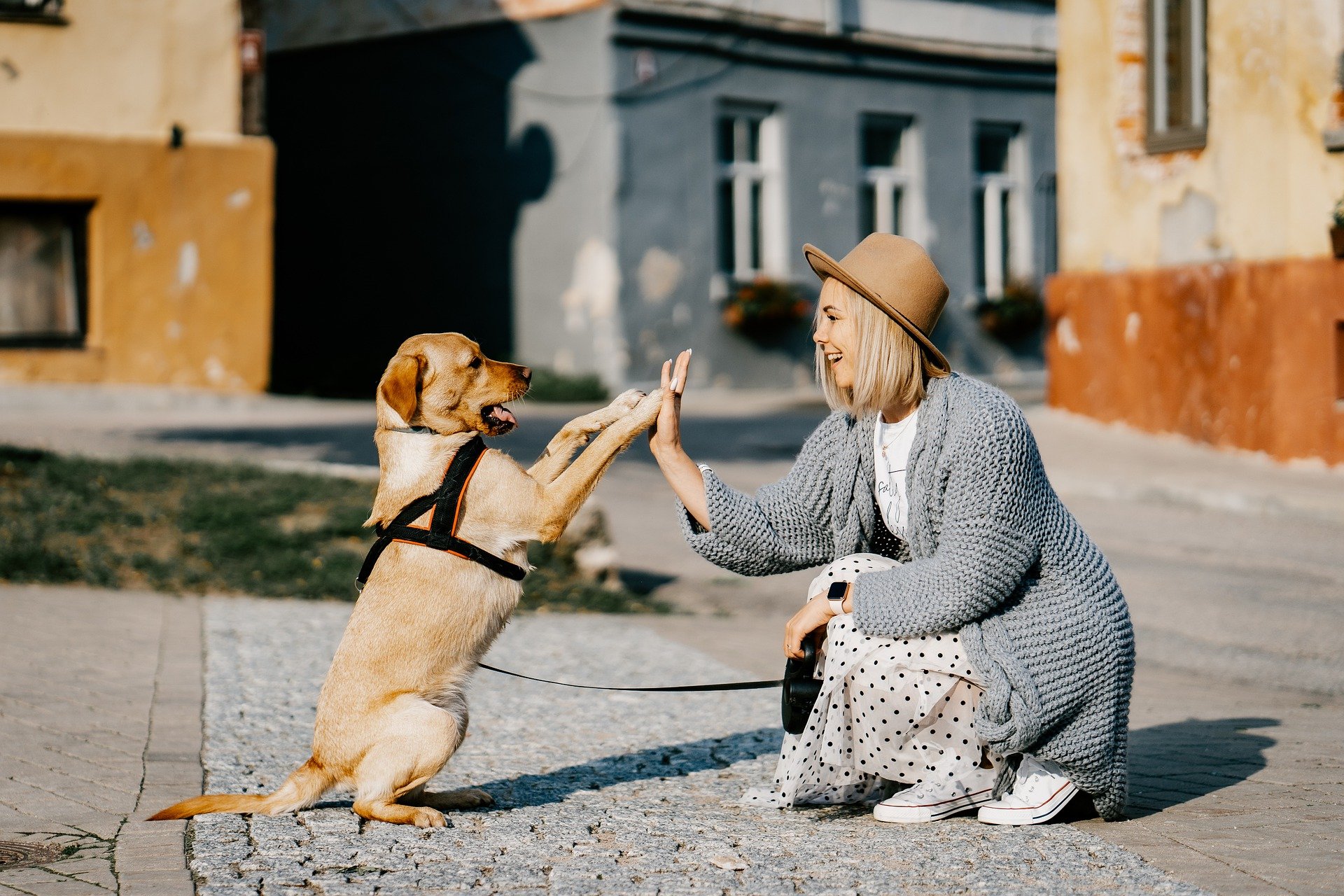Training Your Dog: Basic Commands Every Owner Should Teach Their Pup
Training your dog isn't just about teaching them tricks; it's about fostering communication, ensuring their safety, and building a strong bond between you and your furry friend. Basic commands are the foundation of dog training and can make a significant difference in your dog's behavior and your overall relationship. In this comprehensive guide, we'll explore the essential basic commands that every dog owner should teach their pup, along with tips for effective training.

1. Sit
Why it's important: The "sit" command is one of the most fundamental and versatile commands. It helps control your dog, prevent jumping, and can be used as a precursor to other commands.
How to teach it:
- Hold a treat above your dog's head and move it back over their head. As their head follows the treat, their bottom should naturally lower to the ground.
- When they sit, say "sit" and reward them with the treat and praise.
- Practice this command in short sessions and gradually increase the duration of the sit.
2. StayWhy it's important: "
Stay" is essential for keeping your dog safe, especially in potentially dangerous situations. It also helps improve impulse control.
How to teach it:
- Start with your dog in a sitting position.
- Hold your hand, palm out, in front of their face and say "stay."
- Take a step back. If they remain in place, reward and praise them.
- Gradually increase the distance and duration of the "stay" command.
3. Come (Recall)Why it's important:
The "come" command is crucial for your dog's safety. It ensures they return to you when called, whether they're off-leash in a park or in your yard.
How to teach it:
- Use a long leash and let your dog wander a bit.
- Crouch down and enthusiastically say "come" while gently pulling the leash toward you.
- When they come to you, reward them with treats and praise.
4. Down (Lie Down)Why it's important:
The "down" command is useful for controlling your dog, especially in situations where "sit" might not be enough, such as when meeting new people or other dogs.
How to teach it:
- Start with your dog in a sitting position.
- Hold a treat near their nose and slowly lower it to the ground between their paws.
- As they follow the treat, say "down." When they're lying down, reward and praise them.
5. Leave ItWhy it's important:
"Leave it" is essential for preventing your dog from picking up harmful objects, food, or chasing things they shouldn't.
How to teach it:
- Hold a treat in your closed hand.
- Show your dog your closed hand and say "leave it."
- When they stop trying to get the treat, open your hand and reward them with a different treat.

6. HeelWhy it's important:
"Heel" teaches your dog to walk politely on a leash without pulling, making walks more enjoyable for both of you.
How to teach it:
- Start with your dog on a leash.
- Hold a treat in your hand and keep it at your side.
- Begin walking, and if your dog starts to pull, say "heel" and use the treat to guide them back to your side.
- Reward them for walking politely.
Tips for Effective Training:
- Use positive reinforcement with treats, praise, and affection.
- Keep training sessions short and positive.
- Be consistent with your commands and rewards.
- Practice in different environments to generalize commands.
- Patience is key; every dog learns at their own pace.
Sources:
- American Kennel Club (AKC) - Basic Dog Obedience Training
- The Humane Society of the United States - Dog Training Basics
- American Veterinary Society of Animal Behavior (AVSAB) - How to Choose a Trainer
- ASPCA - Training Your Dog
- The Spruce Pets - Teach Your Dog to Sit
Teaching your dog basic commands is not only practical but also a rewarding experience. These commands provide a foundation for more advanced training and create a well-behaved and confident canine companion. Remember that training should be a positive and enjoyable experience for both you and your pup, so have fun while strengthening your bond through effective communication.